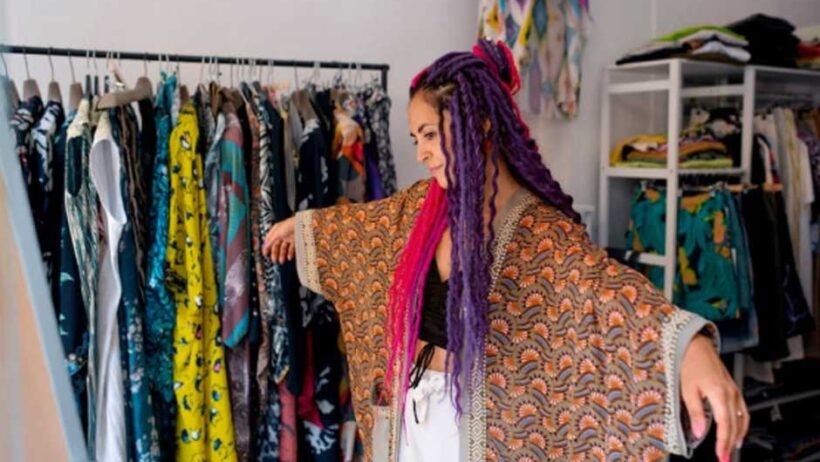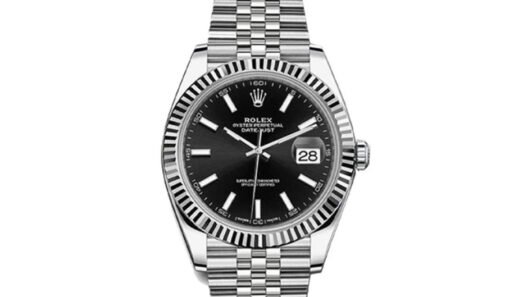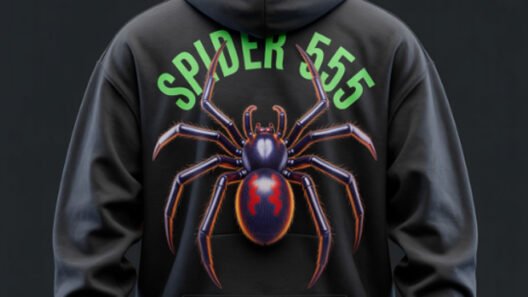Generations of Eastern fashion history, crafts, and culture have combined to create rich tapestries of aesthetics. Every fabric, from Indian brocades to Chinese silks, bears witness to extraordinary craftsmanship and legacy. One excellent example of this richness is Womens Asian Clothes, which offers the timeless quality that results from letting a modern element enhance inherent beauty. The stylistic elegance of the Japanese kimono and the flowing beauty of the Vietnamese are both examples of the skill of Asia’s textile artisans. Fabric choice is an essential feature of Eastern fashion; it determines drape, comfort and beauty. Silk, cotton and linen are the natural fibres of choice for their “breathability” and sumptuous texture; adding handwork embroidery and hand-loomed motifs adds depth and individuality. This introduces the reader to that exciting world of Asian textiles, their origin, artistry and how they are contemporarily used in fashion today.
Velvet(The Royal Touch)
Eastern fashion velvet weighs less and has a more opulent pile than its Western cousin. The fabric’s Silk Road movement delivered Persian velvet techniques to India’s Deccan plateau. Usually complex embroidery with sequins and zari (metallic thread), classic Eastern velvet is a Modern interpretations that include deconstructed kimonos and mandarin-collared velvet pantsuits. Though new washing methods have created crushed velvet patterns with a less rough sensuality, the material’s dense weave fits wonderfully for show-stopping fashion. Among fashionistas who are concerned about the environment, eco-friendly velvet versions made from bamboo are also rising in appeal.
Linen(The Understated Classic)
Though it’s most typically associated with European design, linen also has a rich history in Eastern fashion textiles. The flax crops that thrive in the rich soils of nations like Nepal and Bangladesh mark the beginning of production. Through particular finishing procedures that highlight its natural texture, Eastern linen sets itself apart from Western linen. Resist-dyeing techniques similar to batik are used by Thai artists to produce gorgeous mudmee linen. Modern adaptations include unstitched Vietnamese áo dài and linen sarees embellished with gold thread. The fabric’s natural tendency to crease is now emphasised as one of its attractive features, and its capacity to wick away water is especially useful in tropical environments.
Sustainable Textiles( Future of Tradition)
Asian fashion designers are blazing the path in the sustainable fashion movement with the resurgence of environmentally friendly ancient fabrics. Modern alternatives for traditional materials are Vietnam’s lotus silk and Japan’s washi paper fabric. Both of these materials are special in that they have very little environmental impact; lotus silk is created from the stalks of lotus flowers without the assistance of chemicals. For their little ecological impact, the natural colours of yore, indigo and turmeric, among others, are being rediscovered. Mimicking traditional Japanese methods, zero-waste cutting pattern techniques are reducing fabric loss. These environmentally friendly practices make sure Eastern fashion style will stay as opulent as its history.
The Resist Dyeing Art of Batik
UNESCO-approved Indonesian batik is a global textile art form. Before dyeing, hot wax is applied using a canting, a copper tool, to create intricate patterns that tell local tales. The reason batik is so individual is that no two pieces are the same. Cracks in the wax produce a unique “crackle” look. Contemporary batik artists experiment with new motifs and unusual combinations of colours. The fabric has grown to include fitted blazers, wrap shirts, and even swim covers. Companies that specialise ethically are unionising their business with batik cooperatives to ensure the dying art remains alive while creating fashionable, wearable sculpture.
Chiffon( The Fleeting Beauty)
Originally silk, modern chiffon frequently employs synthetic fabrics to emulate its airy sheerness and drape. For Eastern fashion design, chiffon is an ideal backdrop for luxurious beading and embroidery. Multi-layered chiffon lehengas that slip with each step have been perfected by Pakistani designers. The see-through nature of the fabric is cleverly utilised in contemporary styles as sleeves on demure abaya or overlay garments on modern qipaos. The reason chiffon is so beneficial is that it can be painted in bold colours but will still be light in weight. Modern designers today are trying their hand at making environmentally friendly versions of the fabric made out of recycled materials.
In Conclusion
Eastern fashion offers an amazing selection of textiles that combine modern design with vintage tradition. Every material conveys a sense of artistic creativity and cultural tradition, from the luxurious glaze of silk to the eco-friendly technology of lotus fabric. These fabrics continue to drive global fashion while retaining their solid roots in Asian heritage. When we embrace these fabrics, we do not just wear clothes; we engage in a living history that is three millennia old. The future of Eastern fashion is to pay homage to these traditions but design them by the sustainability and inclusivity criteria of the present. This is how we can explore fashion through rich fabrics and textiles.








